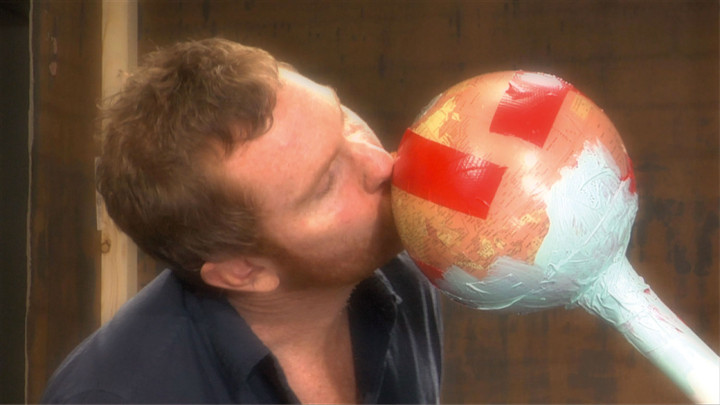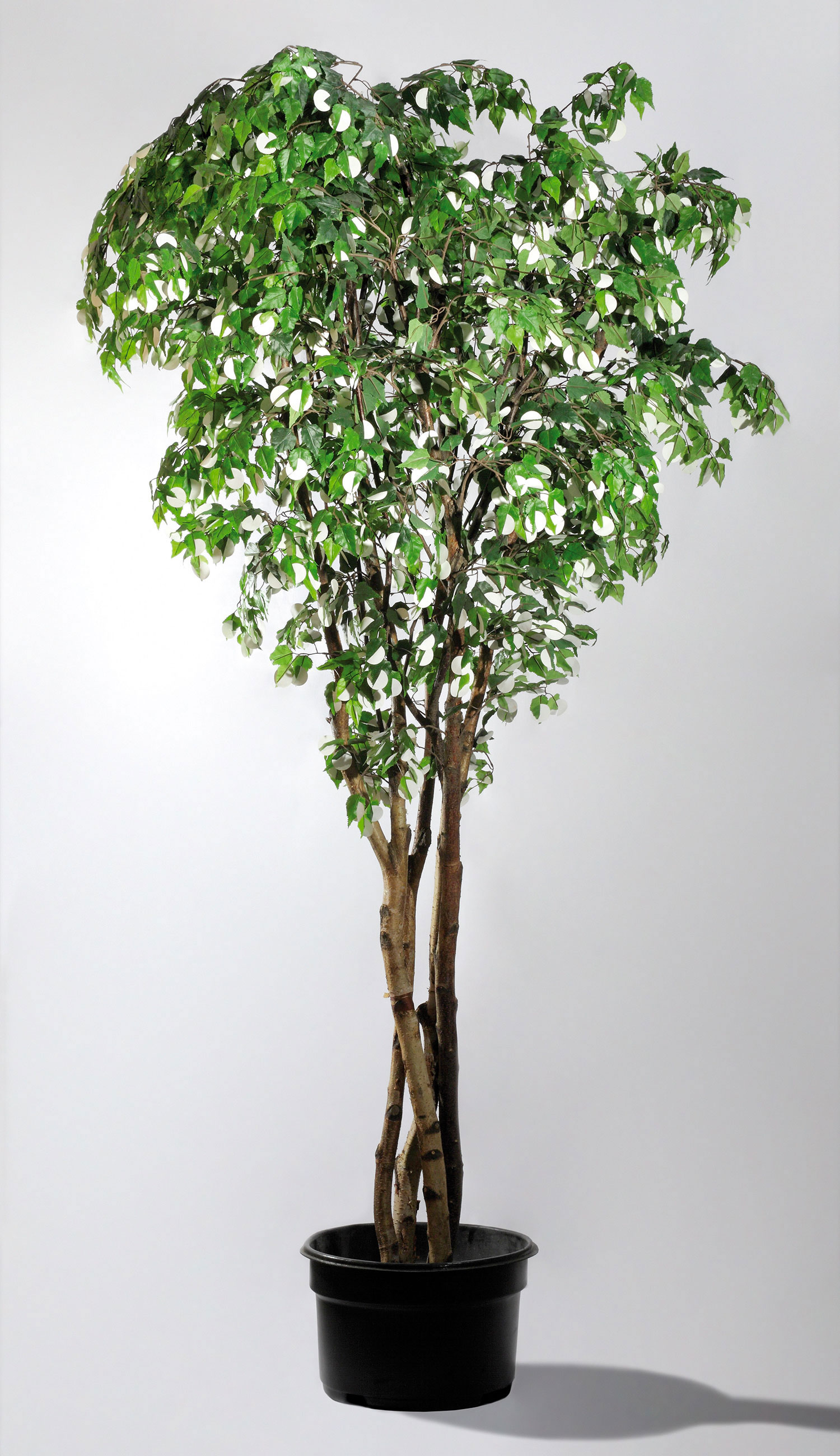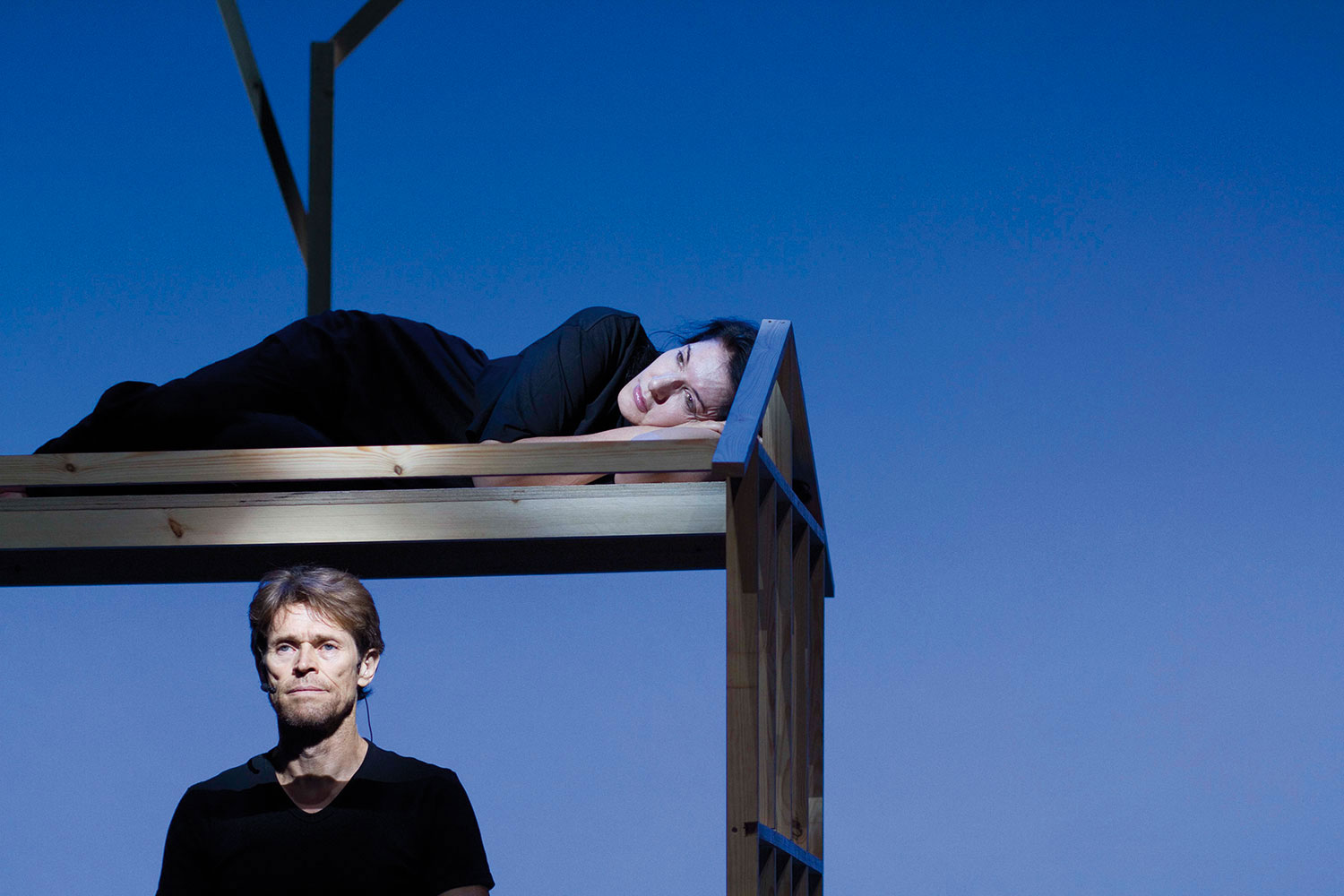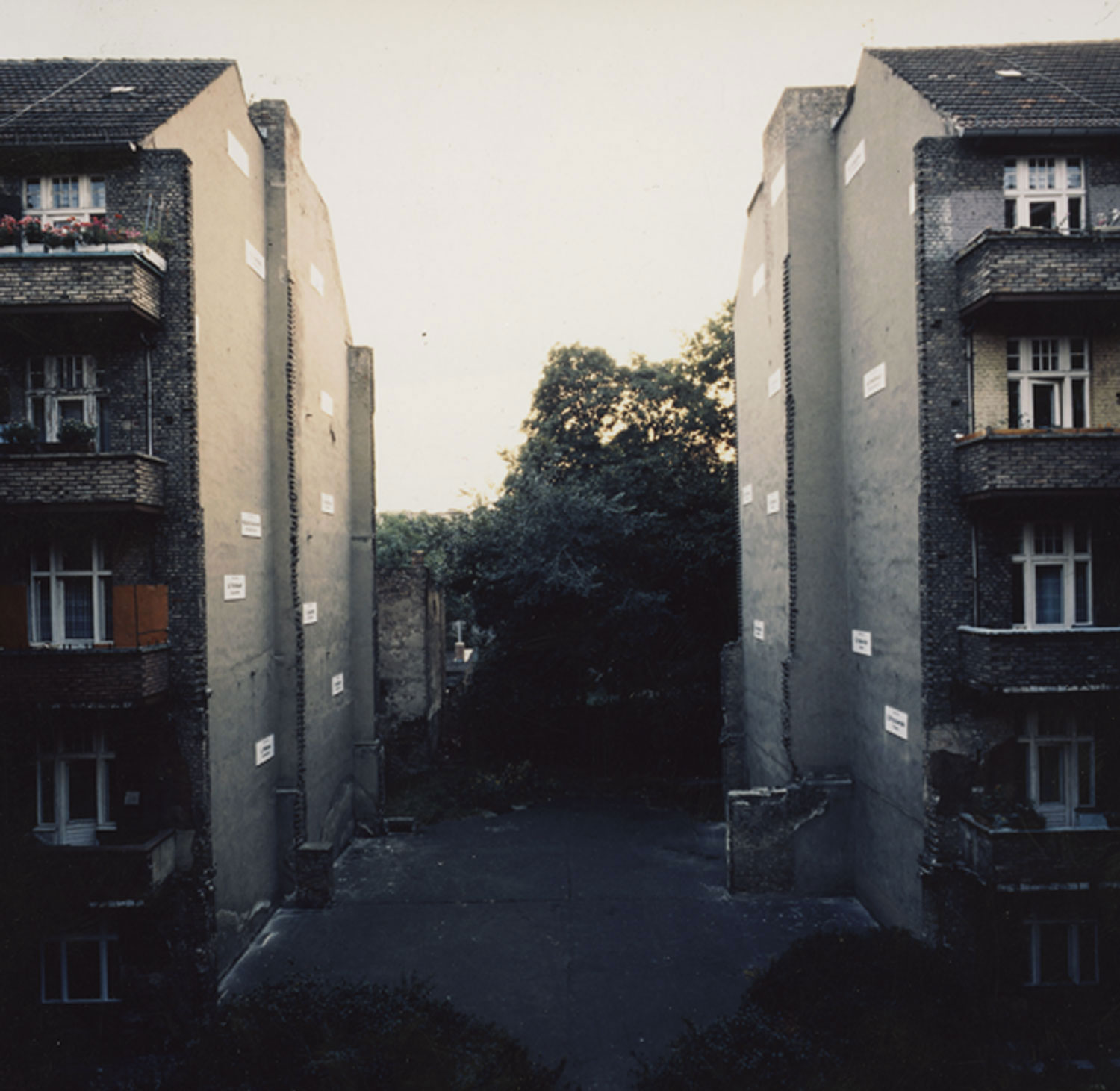
Elad Lassry: In your work there is a hardcore sense of “starting over”: narrative, characters, industries, language, object and meaning all collapse simultaneously, allowing — or at least asking — the viewer to “reset” what they know. I use the word “hardcore” because it’s quite an overwhelming sensation when it happens. How do you start? What is the initial studio-based motivation to sort through such a giant range of structures?
Vishal Jugdeo: That “hardcore reset” is mirrored somewhat in my process. It involves an excessive accumulation of ideas and then a subsequent purging of them. Each new project emerges out of void. I consciously try to cleanse my thinking about whatever was stirred up in the previous work and start from a fresh place of not knowing. When I begin production it’s rarely charted out, and I hit the ground running in a spontaneous way, filling up the studio and my notebooks with imagery, objects, ideas for settings and narratives, names of performers, etc.
EL: This surprises me. I assumed the process was calculated, but now when I hear you talk I suspect that you use some traditional critical structures as a small trap. The viewer assumes they are presented with a carefully constructed strategy, while you are to some extent sampling other familiar vignettes. Kind of perverse! Do you use the history of “critical art” as a vocabulary, a readymade almost?
VJ: The work definitely uses the history of video as readymade, and accesses ideas about television or theater through that lens. So, for example, the setting for several of the works is reminiscent of the kind of generic space of public access television studios that were used by video artists in the late ’70s and early ’80s. Similarly, the language I use often has more to do with early identity art than anything available in contemporary culture. I like the idea of a trap, and I definitely think the work suspends the viewer within what feels like a familiar or known place, hopefully to complicate things through a set of almost sadistic turns.
EL: What “attacks” me in your work is the dual sensibility and freedom to shift in both language and image. What happens often in the work is that I find myself pushed to operate (as a spectator) in two realms: the bizarre notion of a set and an object, and the abstract space of language in a poststructuralist culture. That can be complicated. I find your approach rather brave and challenging.
VJ: The complication you’re talking about has to do with the way that language takes on as much of a materiality as the sets and objects in my work. There’s a certain equivocation of words, people, images and objects that occurs in the work. I think of speech as something passed between people almost like an object, so that the more intangible qualities of language become less abstract.

EL: Often the notion of the absurd is brought up in relation to your work. I must say I find it an easy interpretation that is not too rigorous. In a sense you actually negate the absurd. When your characters question — whether the space they inhabit is a living room, or the object they observe is an artwork — there is a tension that opens up, perhaps even an anxiety. Why is it absurd to ask if something is what it appears to be? What is your feeling about applying the absurd to your work?
VJ: You’re right: if the work was truly absurd, or squarely situated in the tradition of absurdism, it would submit more readily to a kind of aimlessness, and find satisfaction in the inability to transcend that. In my work there is the persistent attempt to reassemble the chaos of uncertainty back into something tangible and flesh-like. I think there is a current of love, or at least eros, just beneath the surface of my work, which is potentially incompatible with the absurd. So, even though the looping structure entraps the spectator in what feels to be a Beckett-like space, each rotation transmits an affective charge that hopefully opens up different possibilities.
EL: You are referencing performance in theater and before a camera, and both kinds are present in your installations as well: you present objects alongside screens and projections. In your videos there is a certain play on the nature of mediation, camera angles, multiple cameras and so on. What is your interest in mediation? Why do you persistently accompany video work with objects while working in video? I’m asking in what way you think mediation fails where the presented object maintains a function?
VJ: I’m not as interested in questions about mediation as I am in the experience that the viewer has in the here and now of the exhibition space. So for me it’s not important how a viewer’s mind traces backwards to figure out how something was staged, in the attempt to try and imagine what it was like to be there live. I think that is why even though there are visible seams in the work, they don’t really reveal anything — other than that they announce themselves as seams. Again, same with the objects in the space of the installations: they are not meant to give a more authentic access to the past within the work; quite simply, they are the present. You will notice if you look carefully that it is very rare to find much more than a couple objects from the videos in the spaces where I show the work. Instead, it is more that I show an arrangement of objects that remind you of the video. It is a subtle aspect that is often missed when people talk about the work. There is this assumption that there is a relationship of fidelity between the real and the mediated. But, it is really a persistence of the present moment.

EL: How do you develop your cast? Casting seems very accurate in your work.
VJ: Casting has almost always been happenstance. I don’t look too far actually. You can see that early on it was just me or my friends. And then in the last four pieces I have worked with my boyfriend who is an actor. He has become something of a central figure in the work. The other actors are actually his friends as well. I think the reason the casting seems accurate is that I always script the piece once I know who is cast, so I write the character for that actor to play. The script is in part a way for me to figure out who that actor really is.
EL: You are originally from Canada and lived in Vancouver for several years. What are your thoughts about your adopted city, LA, as a context to work in?
VJ: What is great about Vancouver is that there is a very rich and developed discourse that complements the artistic production taking place in the city. Because so many of the artists working there are from there, they share an education and relationship to shared history. It can be limiting too. What is great about LA is the sheer breadth in the range of practices that exist here. I like seeing how artists of previous generations from varied ideological positions interact with each other here. Similarly, I have been able to share in a range of conversations with peers that work in all sorts of different ways, which is really inspiring and productive for me.





